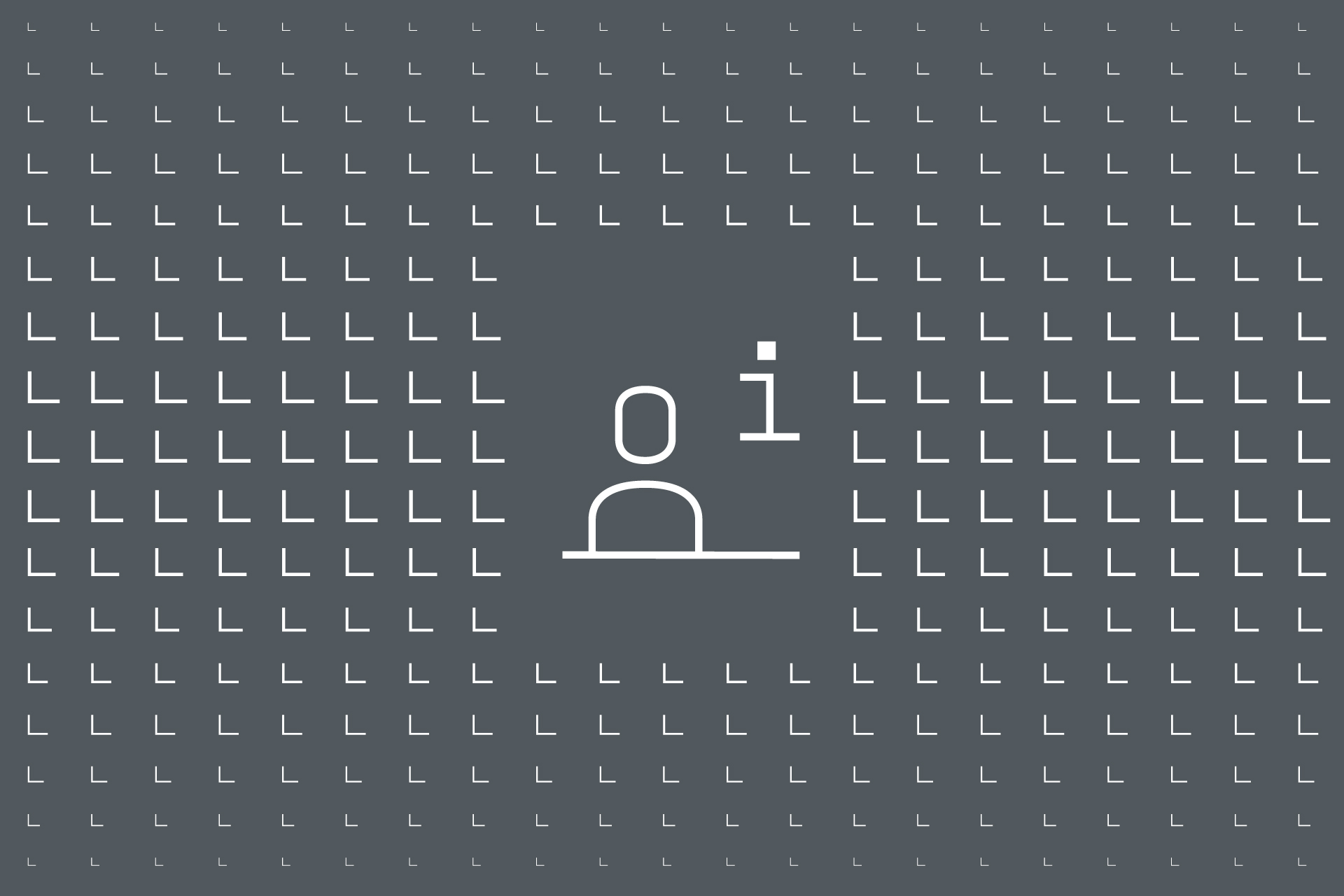Press releases | 09/23/2014
New Liebherr solution for supplying lubrication to adjustment mechanisms in wind energy systems
At the WindEnergy Hamburg 2014 trade fair, which takes place from 23 to 26 September, Liebherr is presenting a further-developed system for supplying lubrication to blade and yaw adjustment systems. The new system promises to optimize the operation of wind turbines and provide significant savings in the procurement of components.
Among renewable energy sources, the importance of wind energy continues to grow and will stay well-developed in the coming years, too. To consistently enhance the efficiency and economy of wind turbines, the availability of a wind turbine must be increased, while the procurement and operating costs have to be reduced.
An important factor for the high availability of wind turbines are the components in the rotor blade and yaw adjustment. On the one hand, they bear a very heavy load during permanent operation of the plant. On the other, they are exposed to sometimes extreme weather conditions. The wind turbines have to withstand these during their entire service life, which can be up to 25 years. To guarantee a high level of availability, it is not just the quality of the components and the perfect interaction of these components that play an important role. Ongoing maintenance and thorough re-lubrication at the main component interface, the large diameter bearing and the driving pinion of the gear mechanism are indispensable. In this way, tooth wear caused by friction corrosion is reduced to a minimum, the risk of component failure is significantly reduced and thus also of the plant itself.
0° tooth problem with blade adjustment
Tooth lubrication on the blade bearings of wind turbines is especially critical as the adjustment angle of the rotor blades usually only changes by a small amount. At part-load operation, the setting angle actually remains constant. Adjustment of the rotor blades is carried out to regulate the performance if a certain nominal wind speed is exceeded or if the plant has to be stopped in the event of a storm or for maintenance. This means that the gearing of the actuator and the blade bearing remain largely in the same position during the operating period. As a consequence, the so-called 0° tooth problem is encountered where one tooth of a bearing is exposed to an especially high number of load changes over its service life. Furthermore, the lubrication is displaced more quickly through constant gear engagement, and wear at this pair of teeth is exacerbated, causing the flanks of the teeth to deteriorate considerably and shorten their specified service life. A targeted supply of grease at this 0° tooth pair would prevent the plant from failing as well as expensive repairs.
Conventional solutions for supplying lubrication
Presently, open gearings are re-lubricated via an external lubrication pinion. Upstream from the driving pinion is an additional lubrication pinion, i.e. its position is decentral. This results in the lubrication being applied to some teeth when they are not engaged and, as a consequence, special lubrication runs are necessary in order to supply the teeth actually engaged with lubrication. Since it is necessary to turn the blade out of the wind for these lubrication runs, the degree of efficiency of the plant is negatively influenced.
New approach to resolving lubrication supply
Liebherr supplies an optimised system for supplying lubrication to the gearing of large diameter bearings and gear mechanisms that mesh together. This new solution simplifies re-lubrication and can be used in place of conventional systems. It works by feeding grease directly to the front of the pinion gear via a lubrication line. Lubrication channels, through which the grease escapes at each tooth root, enable targeted grease supply during teeth engagement. The lubrication is sent exactly where it is needed. The geometry of the respective lubrication supply is designed in such a way that during full tooth engagement lubrication is at its maximum or grease is also supplied via additional channels with a relevant overlap. Assurance was provided by means of various structural load tests and simulations that the hole in the root of the tooth has absolutely no effect on the effectiveness of the gear mechanism.
By integrating the lubrication system in the pinion of the gear mechanism, external lubrication pinions and additional components are no longer necessary. Instead of the lubrication runs that were previously necessary, a slight rotational movement is now all that is needed to lubricate the pinion – with minimal implementation effort, the gearing exposed to heavy loads can thereby be protected reliably against wear. As such, greater wind yield can be gained and thereby more profitable operation of the plant. Moreover, the simple design of the system compared to existing solutions reduces the procurement costs for components and the overall plant to over 50% depending on the application.
Downloads
Here you will find the press release and images for download.

